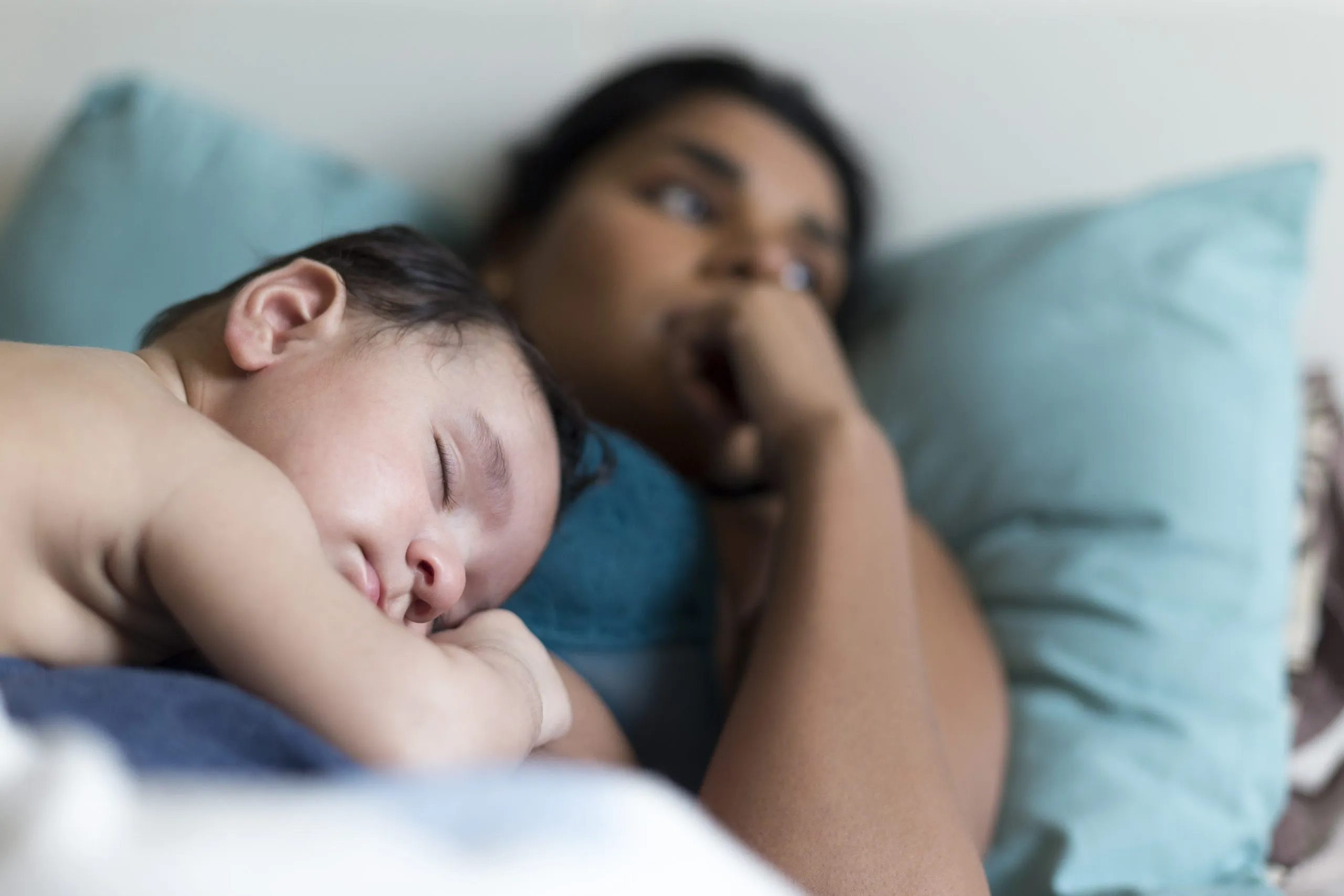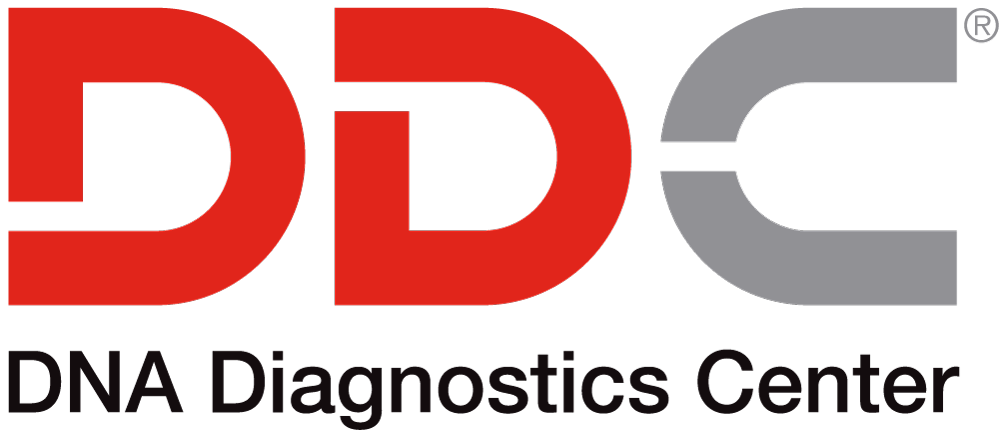SEPTEMBER 24, 2021
Everything You Need to Know about a DNA Paternity Test

A DNA paternity test is considered the gold standard by both the scientific and legal communities when it comes to accurately establishing a relationship between a possible father and a child. Legal paternity tests are accepted by the United States court system from coast to coast and also around the world. As one of the world’s largest and most trusted DNA relationship-testing providers holding the highest levels of accreditation, DNA Diagnostics Center (DDC) is particularly qualified to answer your questions and provide reliable information. So to help you make an informed decision, here’s everything you need to know about a DNA paternity test.
CALL FOR A FREE CONSULTATIONDNA Paternity Test Overview
What is a DNA Paternity Test?
Each person’s genetic fingerprint is unique—a fact that makes this type of testing so reliable. A biological child shares 50% of their DNA with the biological father and 50% with the biological mother. A DNA paternity test compares a DNA sample from an alleged father and a DNA sample from a child (minor or adult) to determine whether the two individuals are likely to share or not share a father/child biological relationship. With the exception of any mutations—which are taken into account by geneticists when determining probability of paternity–the man being tested must match the child’s data at every marker tested in order to be considered the biological father.
What a DNA Paternity Test Can’t Determine
- Proof of relationship for possible biological connections other than paternal (aunt/uncle/sibling/grandparent)
- Information about ancestry
- Age of participants
- Race of participants
The DNA Paternity Testing Process
What Do You Need in Order to Do a DNA Paternity Test?
All that’s needed to perform a DNA paternity test is a DNA sample from the possible father, child in question, and mother of the child (her participation is optional, but recommended).
How is a DNA Paternity Test Performed?
There are two parts to all paternity tests: Collecting the DNA from test participants, and then testing and analysis of the samples at the lab.
How DNA Is Collected
- DNA for paternity tests comes from participants’ cheek cells, which is collected using a simple, painless swab
- Each participant is provided four swabs; using one at a time, the tip of the swab is rubbed firmly on the insides of the cheeks to collect DNA. An adult can swab a child or infant
- Swabs are then placed in paper envelopes; paper containers allow the organic material on the swabs to “breathe” and prevents mold contamination as they travel to the lab. If swabs seem a little too “wet,” wave them in the air for a few minutes to dry them a bit before putting them in the paper envelopes
- In some rare postnatal cases, a blood sample may still be used for DNA, but cheek swabs are now the norm. The DNA collected from a swab is every bit as reliable as the DNA in blood
How the Test Works in the Lab
- DNA is extracted from the cells of each participant, and then amplified to make the sample more workable
- At least 16 STR genetic markers for each participant are analyzed (DDC’s baseline is 20), using a method called Short Tandem Repeat (STR) Analysis, to capture the genetic information for each marker
- A geneticist takes this data and uses a calculation to determine the probability that the man tested is the biological father of the child tested
LEARN MORE ABOUT THE SCIENCE BEHIND A DNA PATERNITY TEST >
CALL FOR A FREE CONSULTATIONCan a DNA Paternity Test Be Performed at Home?
Collection for a DNA paternity test can be performed at home if you only want results for your own peace of mind and information. If you need results for any type of legal reason such as child support or custody, then you should order a legal, witnessed paternity test instead.
For a home test:
- You can order a kit online or even get one at your corner drugstore
- When you get a kit at the store, you pay the retailer for the kit, and then pay a separate fee to the lab once you’re ready to test
- Swab at home, register the kit online, and then send the swabs in directly to the lab
- When ready, the results report is posted to a secure online account or can be delivered via mail. For security reasons, reports are never delivered via email
PRO TIP: Your DNA kit from DDC comes with a postage-paid USPS mailer. Samples sent in this mailer can take 10 business days to reach our lab. If you want results faster, pay a little extra to send samples via USPS Priority Mail, FedEx, or UPS.
Where Do You Get a Legal DNA Paternity Test Done?
In order for results of a paternity test to be court-admissible, DNA collection and submission to the lab needs to be supervised by an approved disinterested third party. Here’s how it works:
- Call the lab directly to request a legal test
- The lab makes an appointment (or appointments) for you at an approved DNA-collection facility near you
- A DNA test kit is then sent directly to the facility
- Participants show up at the designated times (they don’t have to be there at the same appointment)
- The DNA collector checks IDs, takes, photos, and supervises (or performs) DNA collection
- The DNA collector fills out necessary paperwork and mails samples to the lab
- When ready, the results report is posted to a secure online account or can be delivered via mail. For security reasons, reports are never delivered via email
Because chain of custody is maintained throughout the DNA collection process and participant identities are verified, only a legal test like this can provide court-admissible results.
How Long Does it Take to Receive Results?
Once samples arrive at the lab, standard turnaround time for a paternity test at DDC is two (2) business days, although 1-day results and same-day results are available at an additional price.
How Accurate Are the Results?
At DDC, each test is performed by two separate teams to ensure accuracy, so you can be sure results are accurate for the samples we are provided to test. As mentioned, results for legal, witnessed paternity tests by an accredited lab are accepted as proof of paternity by courts, and can also be used for immigration purposes.
CALL FOR A FREE CONSULTATIONIMPORTANT FACT: The only difference in process between a home paternity test and a legal paternity test is how the DNA is collected. Once samples arrive at the lab, the testing process is identical.
How to Interpret Results of a Paternity Test
Accreditation mandates require labs to use specific legal language when presenting a report for a DNA paternity test. Here’s what it means, in simpler language.
If a man IS considered the biological father, the report contains the following:
- A conclusion statement that says that the alleged father is not excluded as the biological father of the tested child. This means he can’t be statistically ruled out and is considered to be the biological father of the child
- A Combined Paternity Index (CPI), which is the odds that the man is the father of the child. For example, a CPI of 43,110,000 means there is a 43,110,000 to 1 chance that someone other than the man who was tested is the biological father instead
- A Probability of Paternity, which is the chance—given as a percentage—that the man is the father. It’s generally 99.9% or higher, which would read: There is a 99.9% chance that this man is the biological father of the child.
If a man IS NOT considered the biological father, the report contains the following:
- A conclusion statement that says the alleged father is excluded as the biological father of the tested child. This means he is not considered the biological father.
- A Combined Paternity Index (CPI), which is the odds that the man is the father of the child. For an exclusion this number is always 0
- A Probability of Paternity, which is the chance—given as a percentage—that the man is the father. For an exclusion, this number is always 0
GET DETAILS ABOUT UNDERSTANDING RESULTS >

How Much Does a DNA Paternity Test Cost?
For a paternity test performed at an accredited laboratory, the cost is $130 to $200 if you collect DNA at home. If you need results for court, the cost is $300 to $500.
SEE PRICING FOR ALL DNA RELATIONSHIP TESTS >
DNA Paternity Testing While Pregnant
You can get a paternity test while pregnant, and the safest way to do so is with a Non-Invasive DNA Prenatal Paternity test (NIPP). This test requires only a blood sample from the mother and a simple cheek swab from the possible father, and can be performed as early as seven (7) weeks into the pregnancy.
- At a doctor’s office or clinic, the mother’s blood is drawn and the possible father’s DNA is collected via buccal (cheek) swab
- Free-floating DNA from the baby is contained in the mother’s blood stream; those cells are isolated from the mother’s and a DNA profile for the unborn child is obtained
- The baby’s DNA profile is compared with both the father’s and the mother’s and a probability of paternity is able to be established
LEARN MORE ABOUT PRENATAL PATERNITY TESTING >
Why Should You Choose DDC?
We’ve been the most trusted resource for this type of testing since 1995. DDC processes millions of DNA samples a year, providing thousands upon thousands of accurate results for home paternity tests, voluntary legal paternity tests, and court-ordered paternity tests. In addition to these services, we are the sole provider of testing services for Maury and other popular TV shows, performed the testing for alleged Prince heirs, and confirmed the father of Anna Nicole Smith’s daughter. Answering your paternity question is as important to us as it is to you, and we understand how important it is to get it right. We earn our customers’ continued trust every single day.
About DNA Diagnostics Center (DDC)
DNA Diagnostic Center is the world leader in paternity and relationship testing. We serve healthcare professionals, government agencies, and individuals around the world to determine family relationships with trusted accuracy.
More Questions? Don’t hesitate to call us: we’re here to help!
CALL NOW





